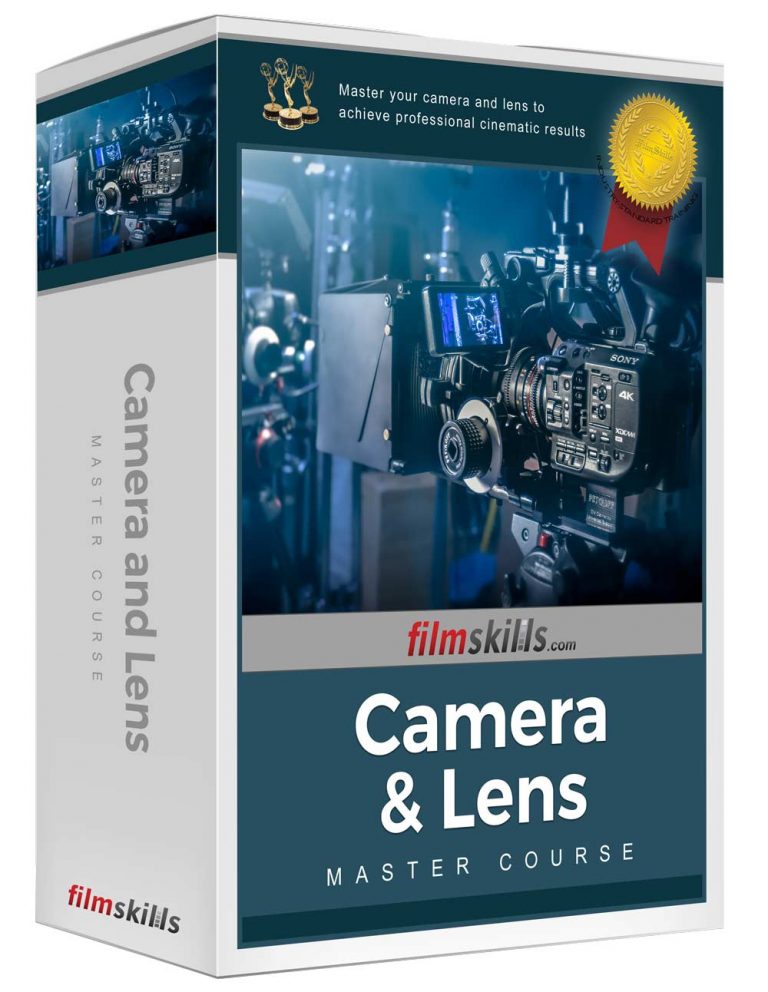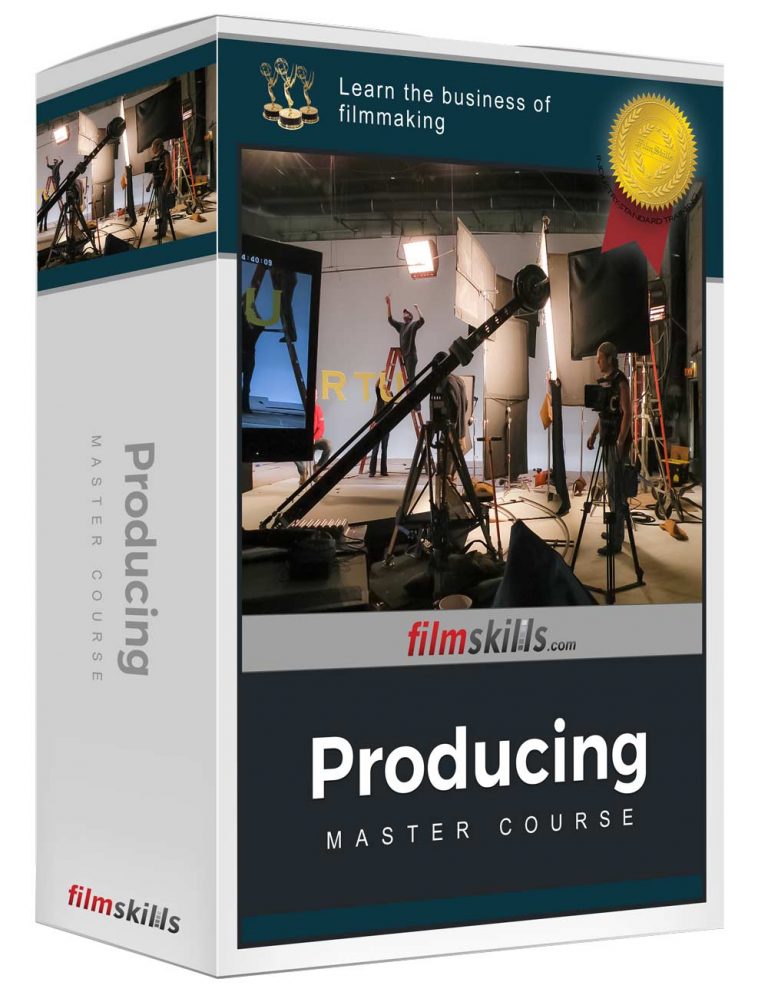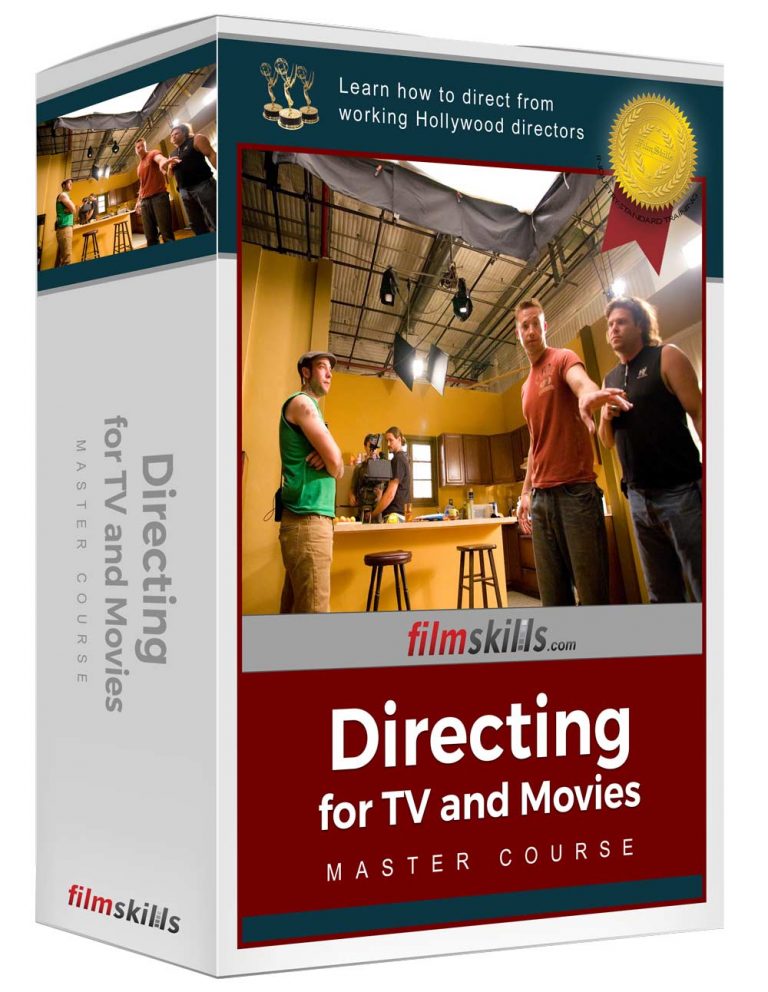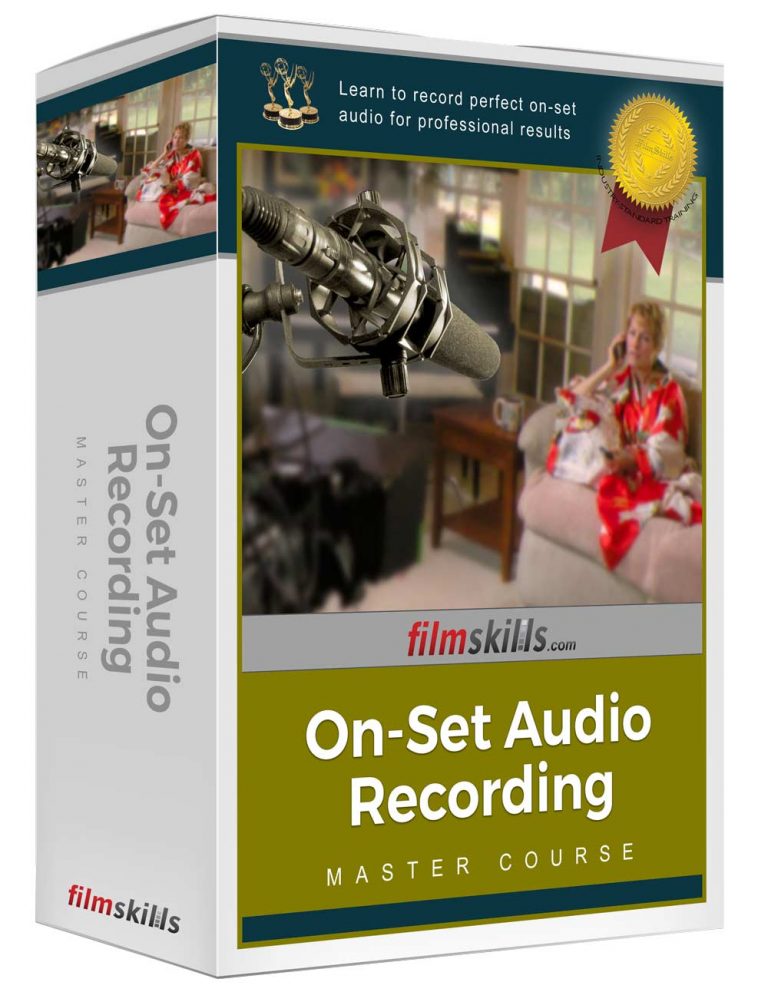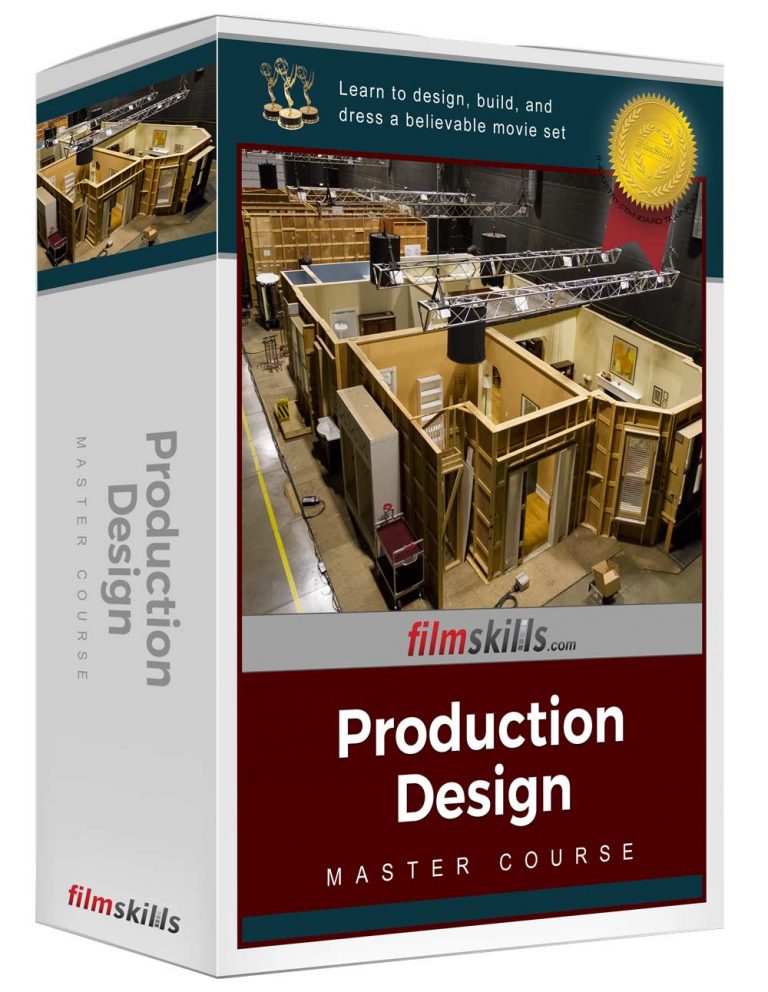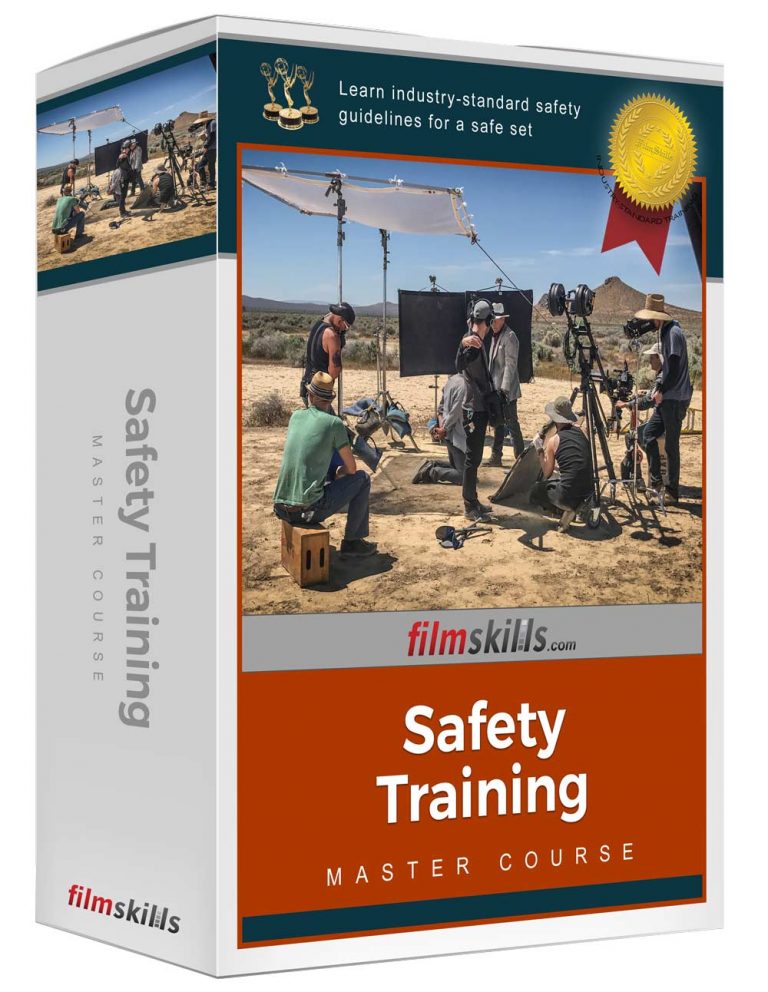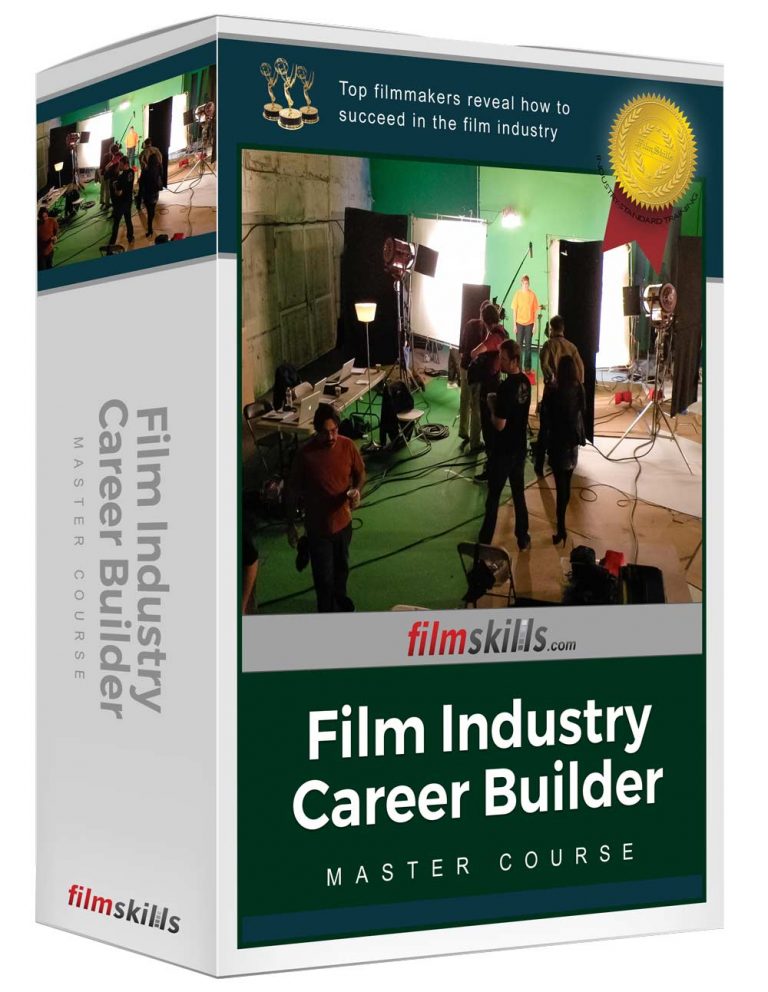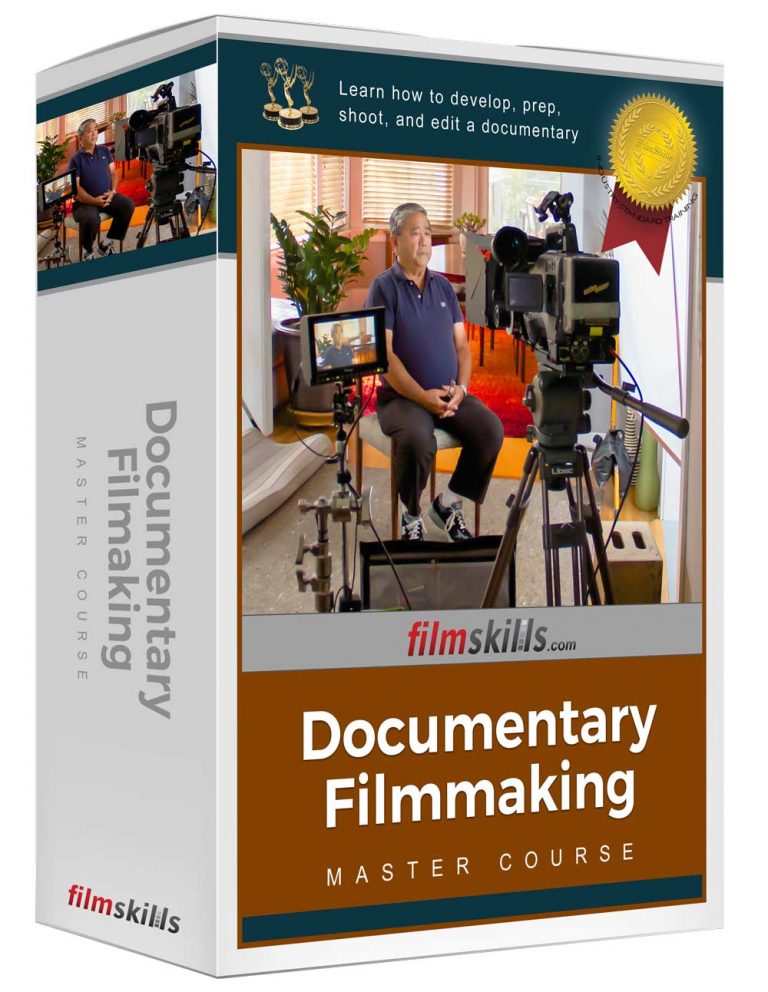The set is a busy, stressful place to work. You’ve spent weeks, if not months preparing for each shooting day, and when it arrives you have to create art out of chaos. There are a thousand things that can go wrong. Crew members call in sick, a breaker pops, location owners get demanding, the camera may not work, or any one of a thousand thousand other problems. The secret to getting the coverage you need is to be prepared. Follow these filmmaking techniques to reduce on set problems, get the coverage you need, and make every scene a winner.
- Make sure everything is planned out on paper before stepping onto the set. All storyboards should be finalized, actors rehearsed, and camera angles planned. Remember that the production process is about executing the plan that you built in preproduction.
- Make sure camera angles are concise and camera coverage overlaps so that the editor has options in the editing room. A script supervisor will keep track of which parts of the scene are covered by which camera angle.
- Make sure the camera follows the actor’s actions and the actor motivates the camera’s movements. Rehearse every camera move to ensure the actor, dolly, focus puller, and boom operator hit their marks before rolling on a take.
- Do a complete rehearsal with the actors for the crew before setting up equipment so everyone on set understands what is happening in the scene. Go over general camera angles and how the scene is to be shot.
- Be mindful of the rules of composition when placing the camera and determining angles and movement.
- Think about how the shots will be edited together while figuring out optimum camera angles on set. A smart director shoots for the edit.
- The camera operator should always communicate with the boom operator so she knows where the frame edge is BEFORE rolling. This will minimize the microphone boom drifting in and out of the shot.
- When shooting a camera setup, consider shooting another size frame (i.e., a long shot, medium shot, or close-up) of the action from the same angle. While this doesn’t require a repositioning of the camera, it will provide the editor the option of intercutting closer and farther shots of the same action.
- Before each new camera setup, discuss the details of the shot with the crew. Good communication is always key to a smooth-running set.
- Be mindful of on-set continuity as the camera positions change. Are props, set dressing, and even actors where they are supposed to be from one shot to the next?
- Productions always go slower early in the day. As the hours wear on, filming usually has to pick up pace because the production is running behind schedule. Move quickly and efficiently from the beginning of each day to avoid the mad rush at the end.
- Have a backup plan if exterior scenes are canceled due to weather. Always have a backup interior scene to film so the cast and crew can change locations and continue shooting.
- Make sure every crew member knows his on-set duties. If a crew member has nothing to do, he should ask his department head if she needs help. There is always work that needs to be done on set.
- Keep the set clear of equipment. Organize lights, grip gear, and electrical cables. This will make cleanup easier at the end of the day and make getting out new gear easier.
- Make sure meal breaks are scheduled every six hours.
- When working on set, practice on-set safety by securing cables and riggings and maintaining an environment that minimizes accidents.
- Ensure that every crew member has the day’s script, call sheet, and shooting schedule.
As the old adage says, an ounce of prevention is worth a pound of cure. Think, plan, and prepare for every contingency before you get to the set.


